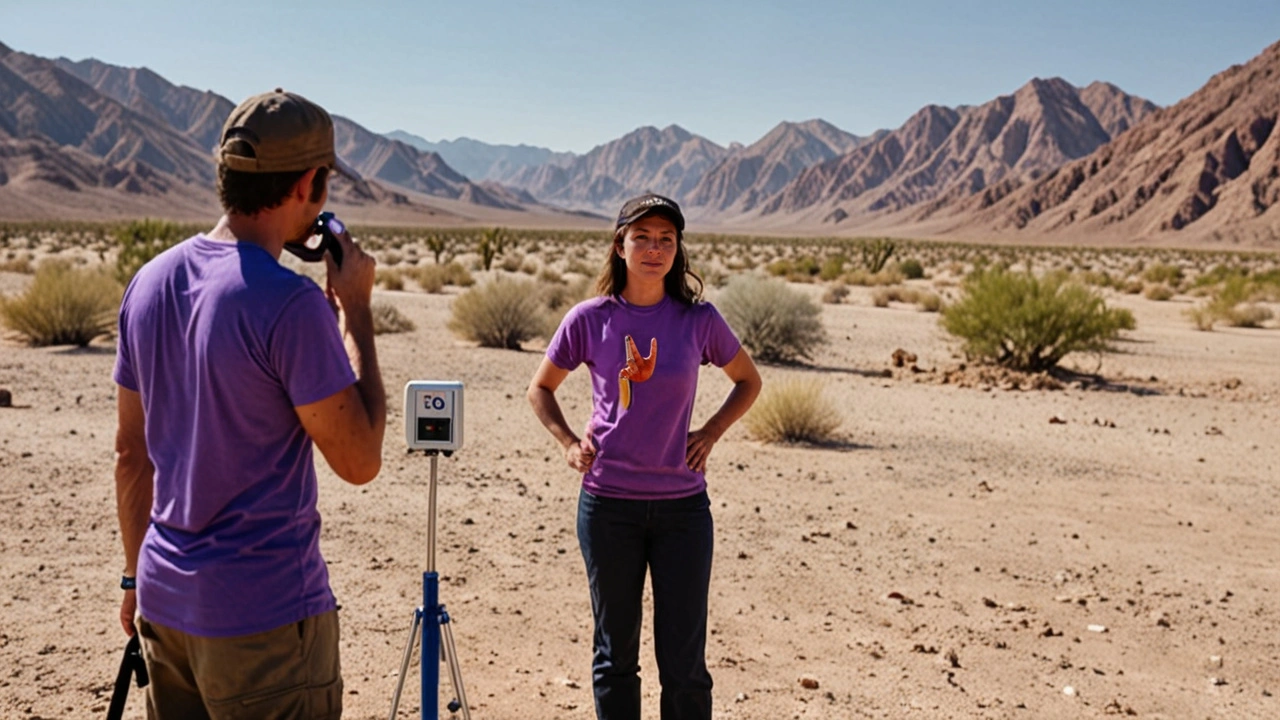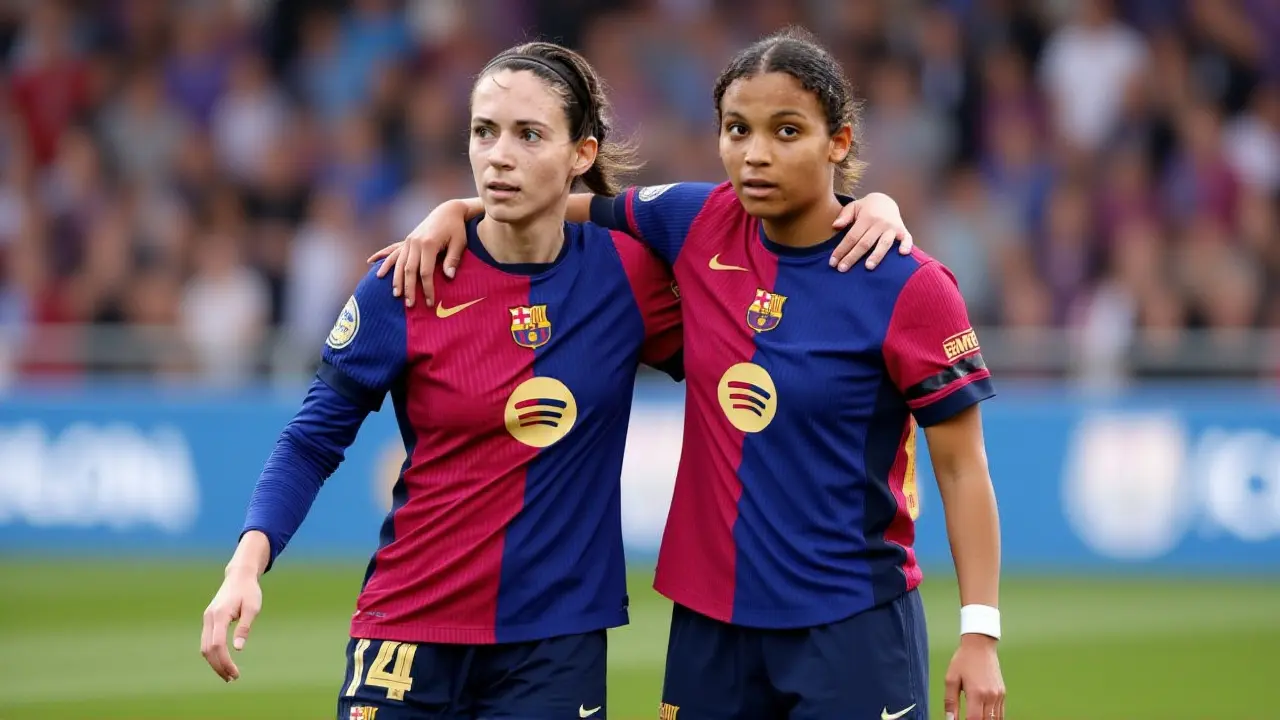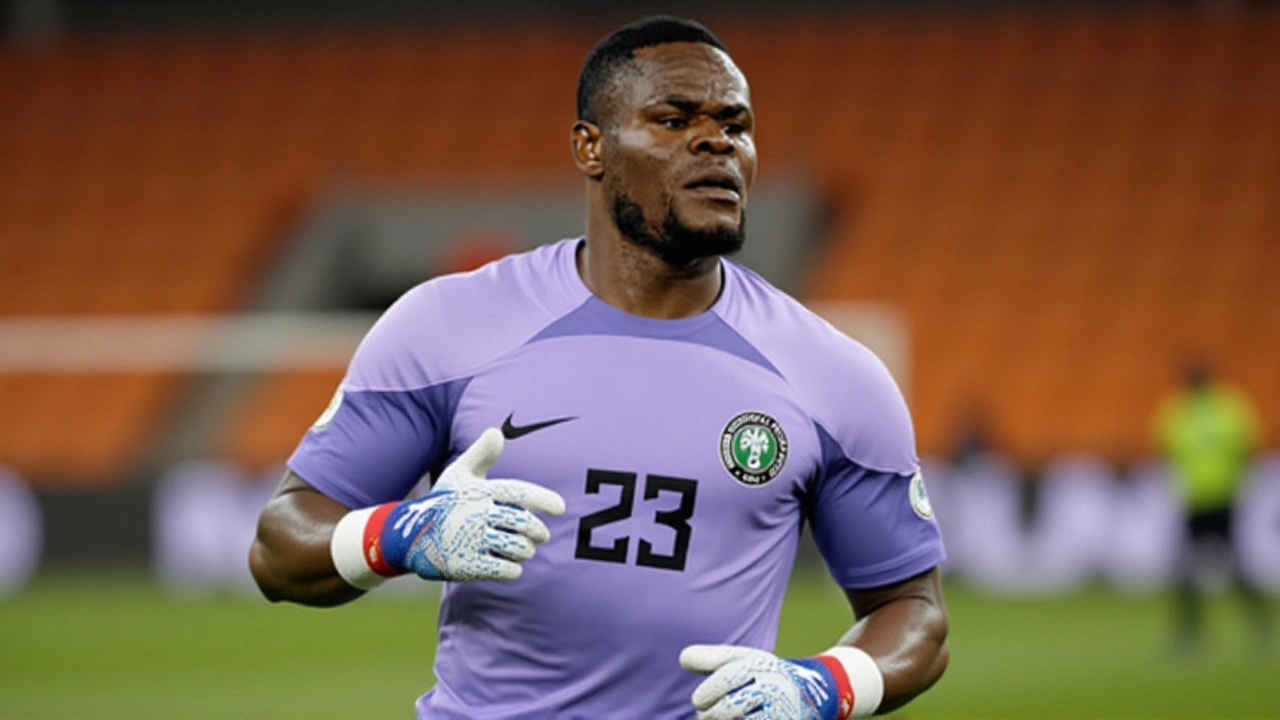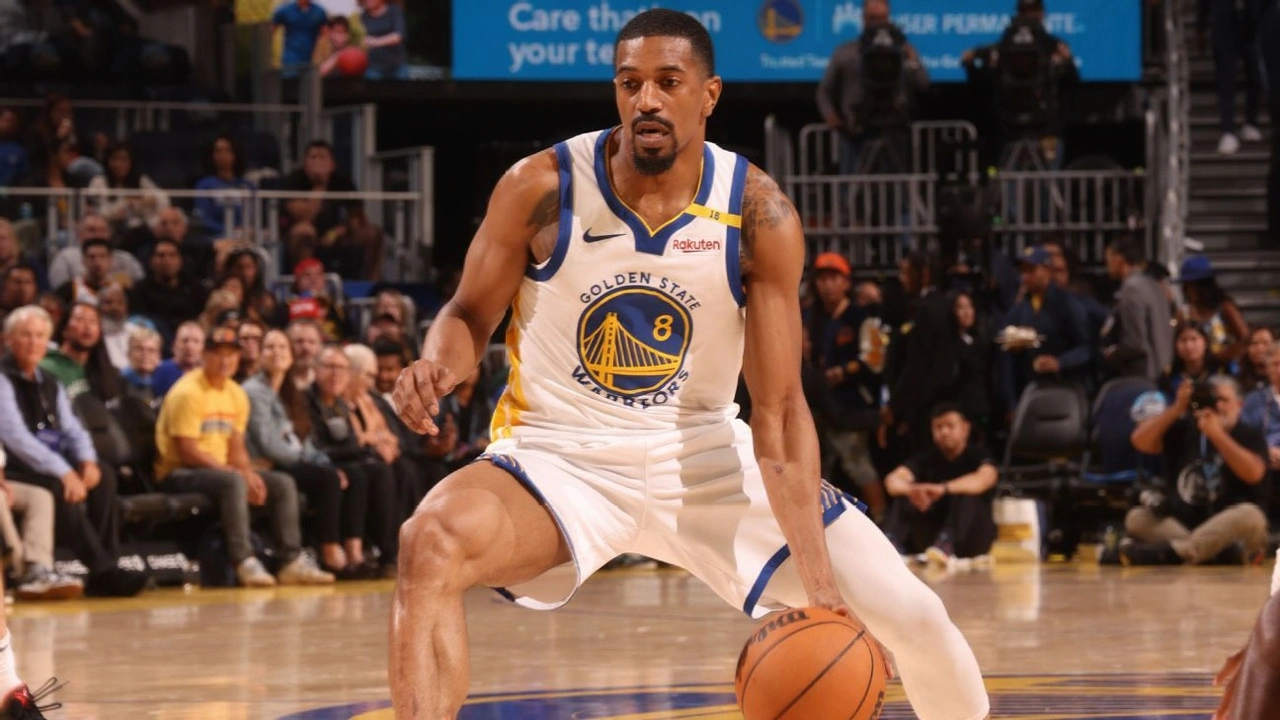Paris Agreement: What It Is and Why It Matters
You've probably heard the term "Paris Agreement" in the news, but what does it actually mean for you? In simple terms, it's a worldwide deal signed in 2015 where almost every country promised to cut greenhouse gases and limit global warming. The goal is to keep the planet from heating up more than 2°C above pre‑industrial levels, with a stretch goal of 1.5°C. If we stay below those limits, we can avoid the worst climate impacts like extreme heat, sea‑level rise, and food shortages.
The agreement works on a system of nationally determined contributions (NDCs). Each country writes down how much they plan to reduce emissions by a certain date, then updates those plans every five years. It's not a one‑size‑fits‑all rule; richer nations can aim higher, while poorer nations get help with finance and technology. That's why you see money flowing from climate funds, green bonds, and private investors into projects like solar farms in Africa or re‑forestation in South America.
Key Goals of the Paris Accord
First up, the big picture: keep warming under 2°C and push for 1.5°C. That translates into three core targets. One, cut global CO₂ emissions as fast as possible. Two, boost the ability of societies to adapt to climate shocks – think better flood defenses and drought‑resilient crops. Three, support developing countries by sharing technology and money so they can grow without locking in more fossil fuel use.
Second, transparency. Every nation must report its emissions and progress every year. This way, other countries can see who’s pulling their weight and who’s lagging. The system relies on peer pressure more than penalties – no one wants to be called out for dropping the ball on climate.
Third, the global stocktake. Every five years, a massive review looks at collective progress. If the world isn’t moving fast enough, the next round of NDCs should be more ambitious. This keeps the pressure on governments, businesses, and even individuals to step up.
How You Can Follow the Latest Developments
Staying on top of Paris Agreement news is easier than you think. Start by checking reputable sites that cover African and global climate stories – they often break down complex policy moves into clear headlines. Look for keywords like "NDC update," "climate finance," or "carbon market" to spot the most relevant pieces.
If you want alerts, set up a Google News feed for "Paris Agreement" and filter by region. Many news apps let you save the topic, so every new article pops up in your feed. Social media can be helpful, too; follow official accounts like the UN Climate Change office or regional climate ministries for announcements straight from the source.
Finally, get involved locally. Many NGOs host webinars that explain how the global deal translates into actions in your country. Signing up for those events not only educates you but also puts you in touch with people who are shaping climate policy on the ground.
Bottom line: the Paris Agreement is a living agreement, and its success depends on constant monitoring and improvement. By knowing the main goals, watching the five‑year stocktakes, and staying plugged into reliable news sources, you can keep a finger on the pulse of global climate action. Whether you’re a student, a business owner, or just a curious reader, the information is out there – you just need to grab it.
Global Warming Milestone: Average Temperature for Past Year Surpasses 1.5°C Threshold
The global average temperature has exceeded the critical 1.5°C threshold over the past year, marking it as the warmest on record. June 2024 stood out with unprecedented heat, averaging 16.66°C. Notably, this breach, reported by the Copernicus Climate Change Service (C3S), spotlights the urgent need to address climate change, yet it doesn't signify the failure of the Paris Agreement's long-term goals.




